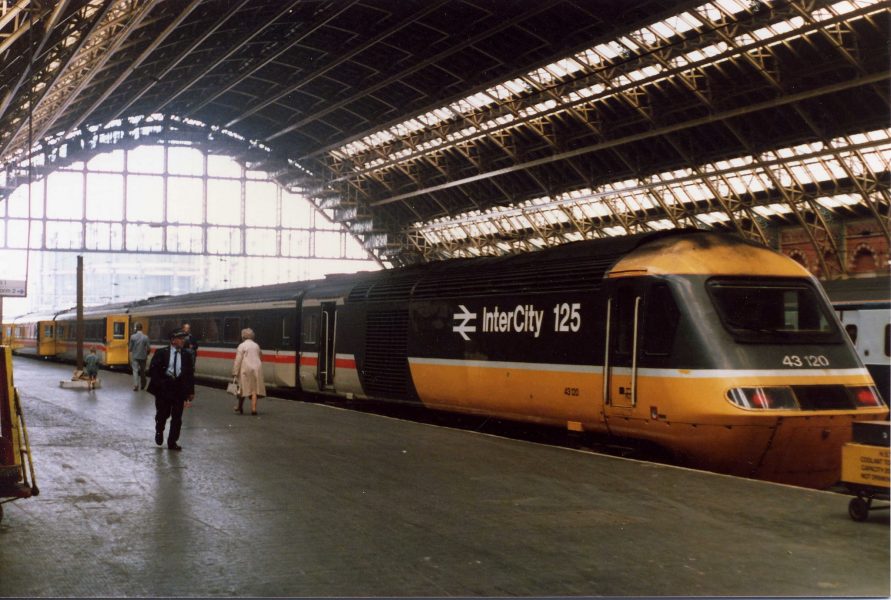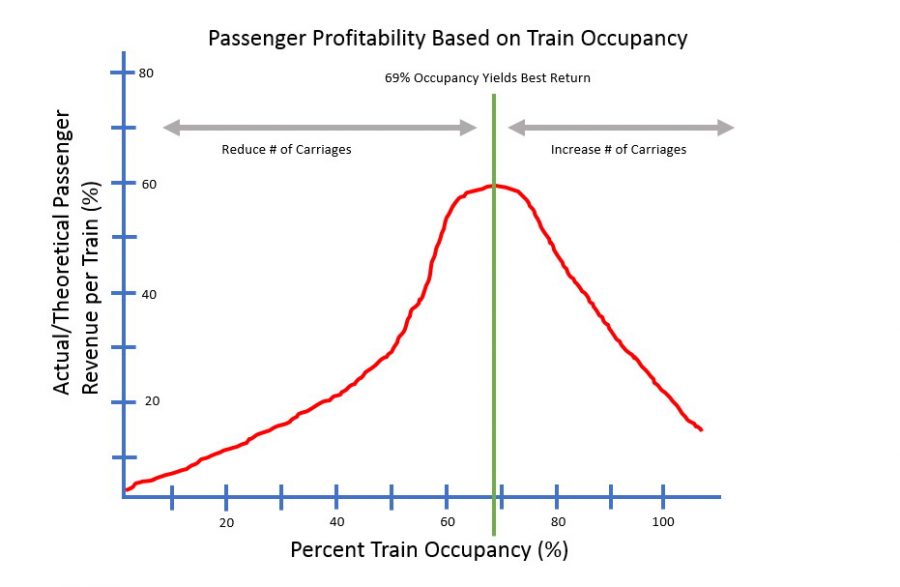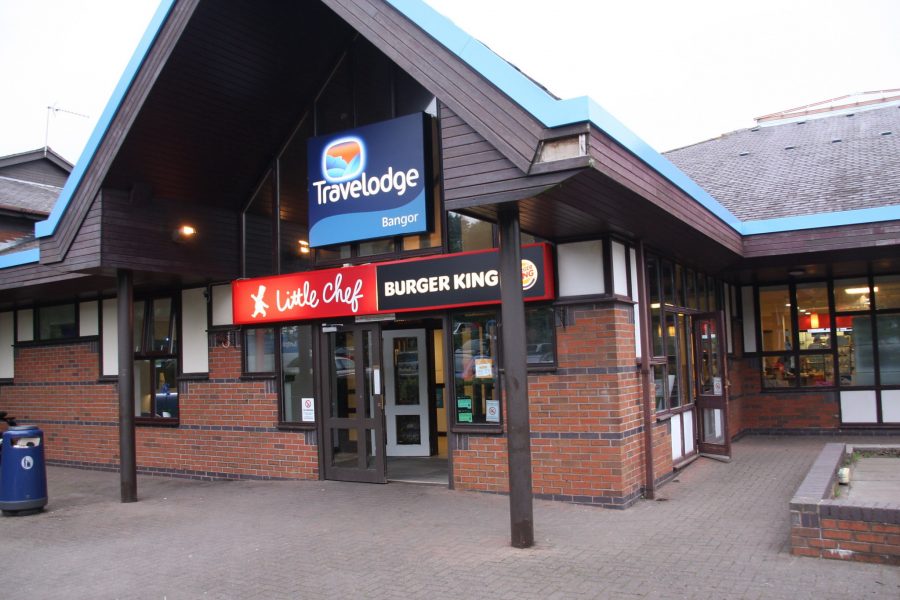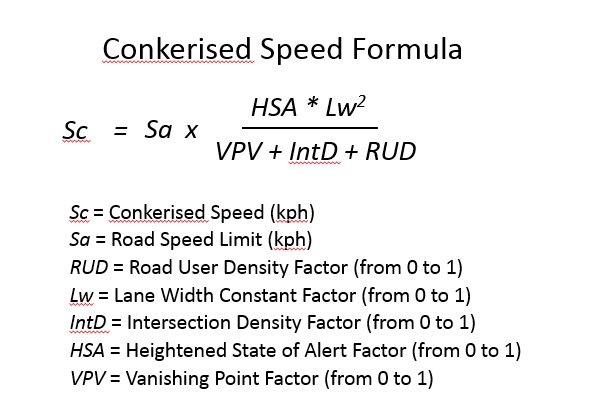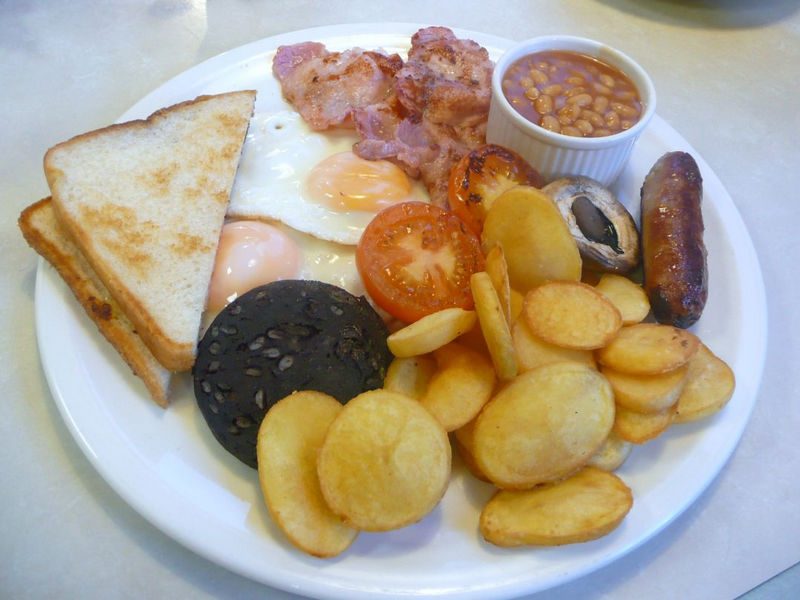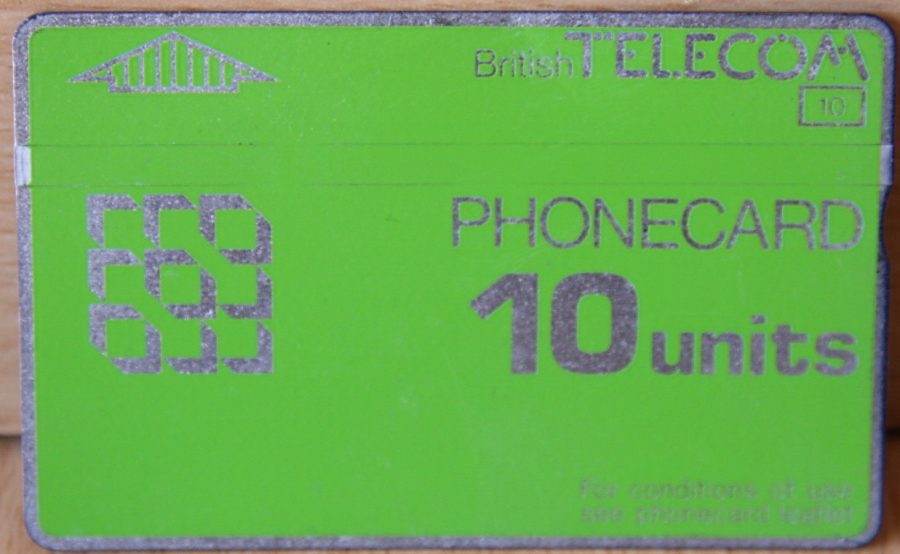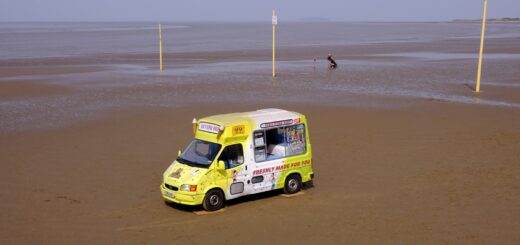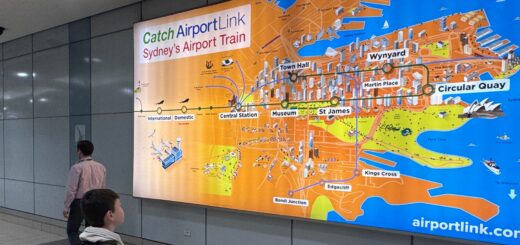British Rail’s Secret Scheme Finally Revealed
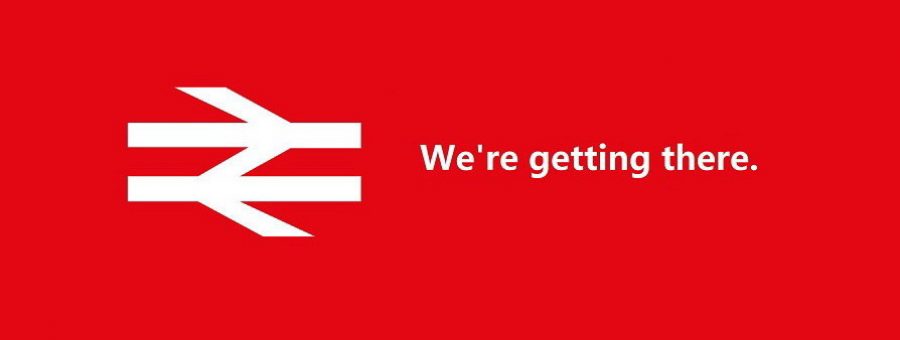
Shôn Ellerton, April 1, 2017
The rise and fall of British Rail’s ingenious scheme to attract more passenger traffic during the 1980s revealed.
Introduction
New light has emerged on the initiatives created and the methods used by British Rail executives on their indefatigable quests to increase passenger traffic during the mid-1980s. Aside from the marketing campaigns, well-known to all who lived in the UK during the 1980s, for example, slogans sporting the The Age of the Train or We’re Getting There, there was an initiative, little-known to most, formed by the R&REC (Rail & Road Efficiencies Chapter). Headquartered in Birmingham, this group was commissioned by the BRB (British Railways Board) in June 1983 to boost revenue to the loss-making railway by devising and forming strategies to entice more travellers to use rail rather than automobile transport.
Some Causes Leading to Decrease of Passenger Numbers
The public view of the railway in the UK during the 1980s was, in general, not held in high-esteem when compared to the progress made by its European counterparts, particularly with their high-profile TGV and TEE (Trans Europe Express) services. Although the introduction of the HST (High Speed Train) used by Intercity 125 services was a relative success story, it paled in comparison to the high-speed networks that were developed on the Continent. The below photo shows an Intercity 125 service about to depart St Pancras during the 80s.
Heralding back from the 70s and into the mid-80s were the several attempts to put the APT (Advanced Passenger Train) into service using trains which tilted its own chassis to compensate for the lack of superelevation (otherwise known as cant) on the permanent way. After years of expense and development, it was finally put into service (for a very short space of time); however, a string of breakdowns and failures occurred, and, along with this, a growing number of cases of sick and distressed passengers after riding what was known as the ‘Queasy Ride’. The designers obviously never researched the failed ocean liner design conceived many decades before which comprised of an inner hull which kept upright so that passengers did not experience the rocking and tilting motion of the ocean. Unfortunately, this failed spectacularly when, to the designer’s horror, the majority of passengers suffered from a bout of seasickness.
Tourism was another problem with British Rail. Unlimited European monthly rail travel services for intercontinental tourists were available by pre-purchase of an InterRail Card. However, this was not valid for the UK; tourists in the UK needed to purchase a different pass known as the BritRail Pass. Predictably, the number of InterRail cards far exceeded those of BritRail passes based on per capita numbers by country population. The problem did not stop there either. Tourists who experienced train travel in the UK often complained about the quality of catering services. While those on mainland Europe on high-speed services could often present themselves at the restaurant car to dine on a reasonable hot meal and a glass of wine, this was not quite the case with the Intercity 125 services, which comprised of a buffet counter serving a selection of crisps, cardboard-tasting sandwiches and instant coffee or watery tea, which, incidentally, tasted very much alike.
Ever-decreasing passenger numbers was, in part, to blame by the managerial decisions made to ensure that each carriage was near to 100% occupancy mistakenly believing if this works for airlines, surely it should work for railways as well. An empty seat was viewed as lost revenue; therefore, the corrective action to take was to shorten the train by removing carriages to ensure that the percentage of seats was near to 100%. Unfortunately, the factor of human nature was not factored in as it was discovered that most train passengers shun travelling on train services which are fully or almost fully-occupied and, instead, opt to take the car alternative. What this only created was a spiralling reduction of services whereby trains got shorter and shorter often being replaced by overcrowded, over-lit, noisy and uncomfortable Sprinter railcars. At this point, the service has already lost 90% of their potential passengers. The graph below illustrates this concept where having a seat occupancy of 69% is the ‘sweet spot’ and anywhere to the left of the green line means that some carriages can be removed and anywhere to the right indicates that more carriages should be inserted.
After exhausting all attempts to entice the public into using the trains rather than their cars, the R&REC was formed as a ‘think tank’ to devise a totally different strategy.
The Strategy to Improve Passenger Numbers
The most obvious solution would have been to make the railway journey a more pleasurable experience by re-introducing direct routes having been replaced by journeys requiring more frequent changes onto smaller and more crowded trains to get to your destination. This would come at a significant cost; hence, the strategy put forward by the R&REC was this: instead of making the railway journey a more pleasurable experience, why not make road journeys more miserable instead?
The concept was simple in design. Flyers and advertisements were passed around from council to council looking for volunteer car drivers to take part in a coordinated move to deliberately congest Britain’s road network; the ultimate aim to discourage drivers from using the roads and, rather, have them return to the railways. National coordination for such a scheme required careful planning and sufficient funds. Volunteer drivers would be given free fuel and running maintenance costs, and to pay for this, an ingenious idea was put forward by partnering up with Britain’s most famous (or infamous depending which one you go to) national roadside restaurant chain, The Little Chef, who would help fund this initiative. Volunteer drivers would be given free meals at The Little Chef; however, the additional traffic that would be created would more than offset this cost. The Little Chef predicted that their own revenue could potentially triple once the scheme was active. To further entice volunteer drivers, a free stay at a selected Travel Lodge hotel at the end of the prescribed route meant that these drivers could, effectively take a subsidised holiday at little or no cost.
The scheme was coordinated by R&REC headquarters and involved selecting certain primary road corridors to popular destinations. However, the road corridors selected were not those serviced by motorways, but rather, those served by single-carriageway A-roads. The reason for this will be made more clear further in this article. The idea was that roads with a higher number of Little Chefs on its route would attract more funds for the scheme. The ideal A-road had the following traits:
- It led to an important or popular destination (e.g. Land’s End, Snowdonia, Great Yarmouth) or an important trunk route (e.g. A49 from Hereford to Shrewsbury, or the A470 from Cardiff to Llandudno);
- Mainly single-carriageway;
- Comprised of as few passing places as possible;
- Little Chefs en-route;
- Where the use of back roads or other alternative roads as an ‘escape’ from the prescribed A-road was impractical or too diversionary or simply put, ‘not worth it’.
The concept of timing was proven as critical to the scheme’s success. Although the railways initially had in mind to create the scheme to cater for holiday-traffic lost to the roads, it was extended to include work commuters; however, this extension to the scheme was quickly abandoned when there were a growing number of road rage acts committed by irate commuters. The risk of the scheme being revealed to the press was simply too high. The most effective time for the scheme to work was during weekends and bank holidays where the greatest number of road users would be encountered on popular routes.
The volunteer’s task was to follow a prescribed route to a destination. For example, if that volunteer happened to reside in Shrewsbury, an obvious route of choice would be the A458 to Snowdonia National Park, a popular route, especially during the summer months. The volunteer’s sole ambition was to create the longest conker. A conker (as defined by the R&REC Code) is defined as a queue (or trail) of cars all following in succession at the optimum conkerised speed. Conkerised speed (as defined by the R&REC) is the optimum speed calculated to maximise the time to drive from point A to point B to ensure that the conker remains intact (i.e. no vehicles can safely overtake the head of the conker). This speed is highly variable and takes in to account such factors as VPV (vanishing point variability, or twistiness), Lw (lane width), (IntD) intersection density, (RUD) road user density, and HSA (heightened state of alertness factor or the Sunday Driver factor). HSA is largely dependent on the day of the week and time of day. For example, An HSA value of 0.1 would be normal for Sunday afternoons and an HSA value of 0.8 would be a normal value for a Tuesday morning.
Another type of volunteer was also hired as part of the initiative to keep an eye on the progress and conduct of the other volunteers ensuring that they did not venture away from the Code prescribed by the R&REC. The other volunteers lovingly knew them as early starters in reference to the popular Little Chef breakfast dish still available to this very day (see below photo).
Early starters often spend their time at Little Chef window seats keeping tabs on conker size and communicating with neighbouring early starters at other Little Chef restaurants on the prescribed route to ensure that the volunteer driver did not reach his or her destination too quickly (i.e. breaking the Conkerised Speed Limit or CSL). Many of these cars were fitted with Conkerised Speed Limit limiters with some of the more advanced models having CSL Cruise Control fitted for peace-of-mind for not breaking the CSL. Volunteers accumulated credits by virtue of their conker size and, more importantly, conker quality. A conker of high quality would have had a high proportion of cars held in retention (that is, keeping other cars in your conker and ensuring that they could not safely ‘escape’ by passing) across a significant distance of road. Substantial prizes were given away depending on conker size and conker quality. Early starters were given BT Phonecards to ensure that they could communicate without being out-of-pocket to other early starters in order to maintain this system.
The Scheme in Operation
Thousands of volunteers were successfully picked for the scheme and; during May 1984, hundreds of routes were entered into the R&REC Volunteer Road Atlas of Great Britain, a publication released only to members of the R&REC, with operations in full swing. Glowing reports were received by the army of early starters reporting a number of routes taking up to triple the amount of time to negotiate by ordinary road users. The only uncertainty was whether rail passenger numbers picked up during the scheme in operation. No calculable result was found to indicate any change and this was put down to DTAMS (Driver Traffic Awareness Momentum Syndrome), which simply states that there is a time lag whereby drivers take some time to accept the notion that the roads have got more congested and rather, simply dismissing the experience as a ‘one off’. The R&REC published a recommendation to the BRB that the scheme would need to operate at least three years in succession for behavioural traits to establish within the general mindset of the travelling public.
The scheme did generate some notice from other drivers who were observing consistent road-use behaviour by certain drivers. Long queues of traffic were reported on many arterial routes and those drivers, who managed to successfully overtake to get in front of the queue often noted that the vehicle in question was often a red Mini Metro or a caravan pulled by a Ford Cortina. Traditionally, the colour red always used to denote daring, adventure and speed but not so in the mid-1980s. Interestingly, this colour became predominantly white during the early 90s along with the vast number of white Ford Mondeo and Vauxhall Vectra fleet cars. Other drivers began to reference drivers heading up conkers by calling them troglodytes (or trogs).
The scheme started to fail and was soon, thereafter, terminated due to a number of reasons; however, the primary cause for the scheme to lose traction can be attributed to the growing cases of rumours circulating amongst the nation of ‘a new breed of road user’ intent on deliberately congesting the road networks. Unearthing such a scheme and leading it to the door of the BRB could possibly manifest into a situation whereby the railways would be peer-reviewed by external public-facing examination bodies intent on finding such scandalous revelations. Another reason for discontinuing the operation is on grounds of safety. One must understand that, as part of the Code, the volunteers needed to ensure that they, to the best of their abilities, maintain conker retention, and this could only be achieved by practising dangerous manoeuvres such as deliberately accelerating on a straight section of road to prevent someone ‘escaping’ your conker. Two such accidents happened in quick succession on a busy arterial road near Leicester and both accidents were reported to have very similar traits to each other. This sparked off a considerable amount of interest, particularly by the roadside assistance companies; one of which managed to get hold of a copy of the R&REC Volunteer Road Atlas of Great Britain and then threatened to release it to the public if the scheme did not cease.
Aftermath and Conclusion
The R&REC was eventually disbanded during 1989; however, a few splinter groups survived over the next decade and there have been occasional reports of activity observed similar to those observed when the Scheme was in operation. Whether such groups still survive to this day and whether such a scheme was implemented outside of the UK is conjecture; however, any findings of such activity would be well-received. I hope you enjoyed reading this article. Oh, and by the way, Happy April Fool’s Day!
